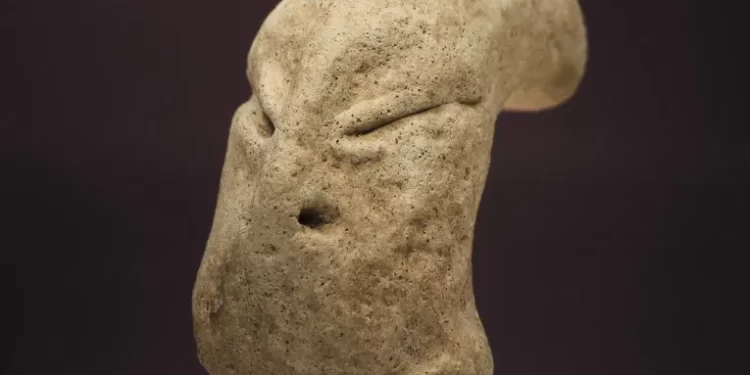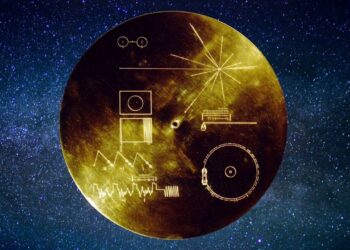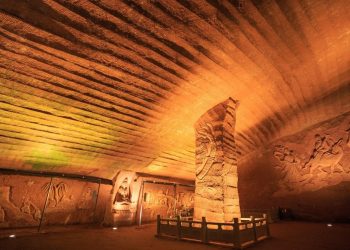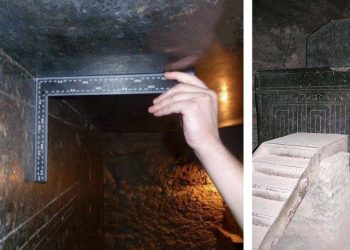In the Al-Subiyah desert of northern Kuwait, an archaeological team from the Kuwait-Polish Archaeological Mission (KPAM) has uncovered a 7,500-year-old figurine unlike anything found in the region before. This enigmatic artifact, discovered at the Bahra 1 site, depicts a head with reptilian characteristics, including an elongated skull, slanted eyes, and a flat nose.
Professor Piotr Bielinski, from the Polish Centre of Mediterranean Archaeology at the University of Warsaw (PCMA UW), commented on the find, stating, “This figurine raises intriguing questions about its purpose and the symbolic, or possibly ritualistic, value it held for the people of this ancient community.”
The artifact’s design resembles reptilian or birdlike figures crafted by the Ubaid culture, which flourished during the same period. While the Ubaid people are known for creating such figurines, their precise reasons for doing so remain a topic of debate among scholars.
Linking Ancient Cultures Through Symbolism
Reptilian motifs have appeared across various ancient civilizations, often tied to religious or spiritual practices. For instance, Sobek, the crocodile-headed god of the ancient Egyptians, symbolized strength and protection. Similarly, in Mesoamerica, the serpent-like gods Quetzalcoatl and K’uk’ulkan held significant cultural importance.
The Sumerians, known as one of the earliest advanced civilizations, worshipped Ningishzida, a snake deity representing vegetation and the underworld. Intriguingly, the Ubaid period, which predates the Sumerians, also emerged in Mesopotamia, suggesting a potential cultural link. Could the Ubaid people’s reptilian figurines have influenced later civilizations? The answer remains elusive.
Solving the Mystery of Ancient Pottery
In addition to the figurine, the Bahra 1 site revealed significant evidence of pottery production. Researchers identified two distinct types of pottery: Ubaid ware, which was imported from Mesopotamia, and Coarse Red Ware (CRW), a type long suspected to be locally made in the Gulf region.
The discovery of a pottery foundry at the site provided conclusive evidence that CRW was produced locally. Unfired clay vessels and traces of reed plant material embedded within the pottery fragments further confirmed its origin. According to archaeobotanist Dr. Roman Hovsepyan, these findings support the idea that the people of the Bahra 1 site utilized local flora for pottery-making.
Meanwhile, the imported Ubaid ware contained remnants of cultivated plants such as barley and wheat, reinforcing the idea of trade connections with Mesopotamia.
While the discovery of the figurine and the pottery foundry has provided valuable insights into the practices of the Ubaid culture, the motivations behind the creation of reptilian-headed figurines remain a puzzle. Were they symbols of gods, representations of myths, or markers of spiritual beliefs?
As excavations continue at Bahra 1, archaeologists hope to uncover more artifacts that could shed light on this ancient culture. For now, the figurines remain a tantalizing glimpse into a mysterious past.











